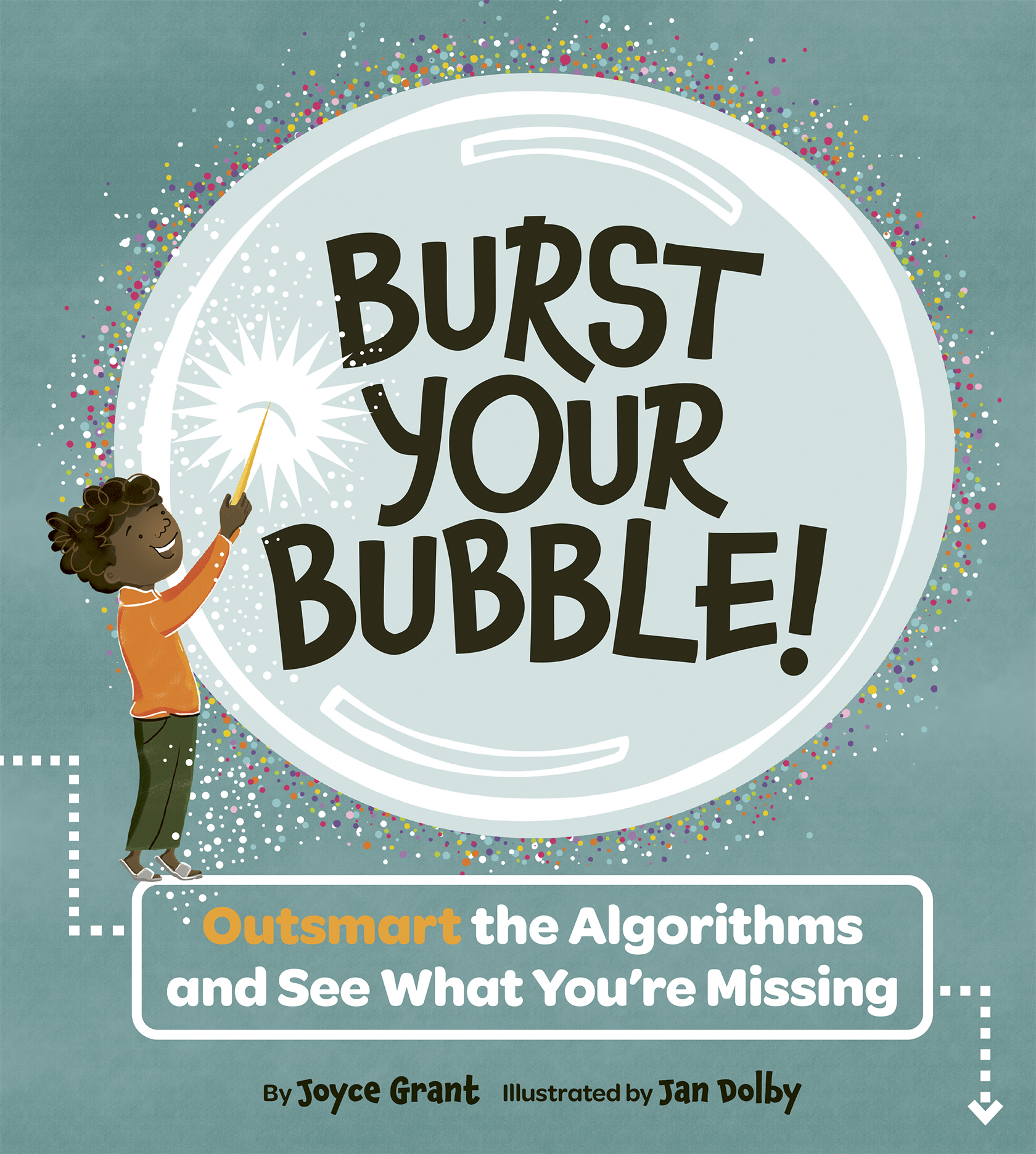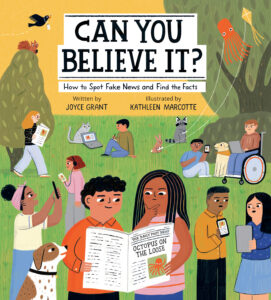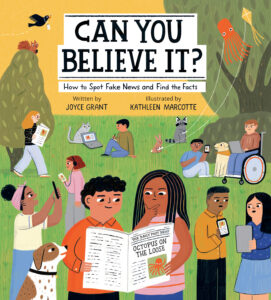
A woman in the Northwest Territories in northern Canada isn’t being allowed to give her baby the name she wants to.
The mother is Shene Catholique Valpy and she speaks a traditional language called Chipewyan.
When her baby was born, she decided to name her Sahaiʔa May Talbot. In Chipewyan, the name means “When the sun just peeks through,” according to CBC News.
The name has an interesting “letter” or character in it: ʔ. It isn’t in the English language’s “Roman alphabet”. The character is known as a “glottal stop.”
The character is important to the pronunciation and meaning of the name. Without it, the name would mean something different.
However, the government of the Northwest Territories says Valpy can’t register the baby’s name because the glottal stop isn’t part of the Roman alphabet and would therefore be difficult to reproduce on paper.
Valpy wanted to stick with her original choice of name, however, so she went for more than a year without registering her daughter’s name. That meant the baby didn’t have health benefits (money the NWT government pays for healthcare) and couldn’t get certain government documents like a passport.
Valpy finally decided to register her daughter as Sahai-a, with a hyphen in place of the glottal stop.
But she hopes the NWT government will change its decision and allow her to register the name the way it’s meant to be written, in Chipewyan.
Source: CBC News website, www.cbc.ca.
Related links
How does a “glottal stop” sound? It’s a bit like the “pause” in the word “uh-oh.” The Wikipedia page for glottal stop has a recording of the sound it makes.
http://en.wikipedia.org/wiki/Glottal_stop
CURRICULUM CONNECTIONS
By Kathleen Tilly
Writing/Discussion Prompt
What is your opinion of this situation? Do you think Shene Catholique Valpy’s baby’s name should include the glottal stop or not? Make sure to support your argument using evidence from the article and your own ideas.
Reading Prompt: Point of View
There are two main points of view included in this article: that of Shene Catholique Valpy and that of the government in the Northwest Territories. What are those two points of view? Are there any points of view that are missing? Whose point of view is missing and what would it be?
Junior
Identify the point of view presented in texts, ask questions to identify missing or possible alternative points of view, and suggest some possible alternative perspectives (OME, Reading: 1.9).
Language Feature: Chipewyan
Before reading this article, had you heard of the Chipewyan language? Chances are, you probably hadn’t since it is not a commonly used language. Find out more about the Chipewyan language using the Internet. For example, what is the Chipewyan alphabet? Where is it spoken? How common is it? How is it similar/different from English?








